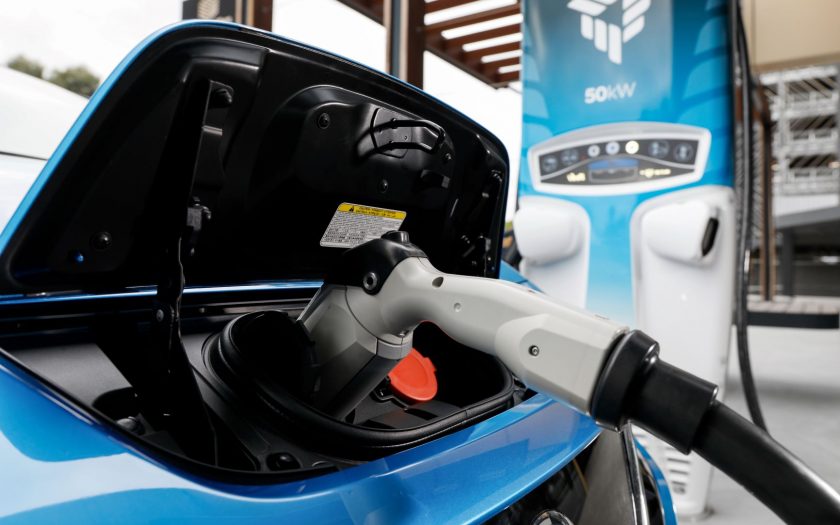THE TASMANIAN GOVERNMENT HAS TAKEN the first steps towards automotive taxation reform and encouraging the penetration of electric vehicles with its announcement to eliminate stamp duty on electric vehicles for two years starting from 1 July.
“This is the kind of action we need to see from our leaders in Australia to encourage environmental improvement, taxation reform and the introduction of new technology,” according to FCAI Chief Executive Tony Weber.
“As the future of mobility continues to rapidly transform, now is the time for Governments to relieve motorists of a myriad of outdated, confusing and inefficient charges and replace them with a simplified road user charging approach.
“The FCAI released a discussion paper earlier this year advocating for the introduction of a road user charging approach aimed at eliminating charges such as registration, sales taxes and luxury car taxes and replacing them with one efficient and effective charge.
Mr Weber added that the FCAI had consistently advocated for a national approach to these issues that ideally would be Federally led to avoid the prospect of individual State Governments introducing their own standards and incentive programs in support of ZLEVs.
“Consistency is the critical element for Australian customers. If States introduce their own programs, they must align. Otherwise, the result will be another disjointed and chaotic system like the introduction of different rail gauges across the country.”
Mr Weber said that the FCAI supported the introduction of sensible and achievable CO2 emissions targets as set out in the FCAI 2020 Voluntary CO2 Emissions Standard that allowed customers to choose the vehicles and technology they wanted to suit their personal and commercial needs.
“In the long term, the aim is to reduce CO2 emissions from vehicles. Governments should focus on targets, not technologies. If governments set the targets, the carmakers will deliver the range of vehicles into the market that achieve the environmental outcomes and meet the needs of Australian motorists.”
